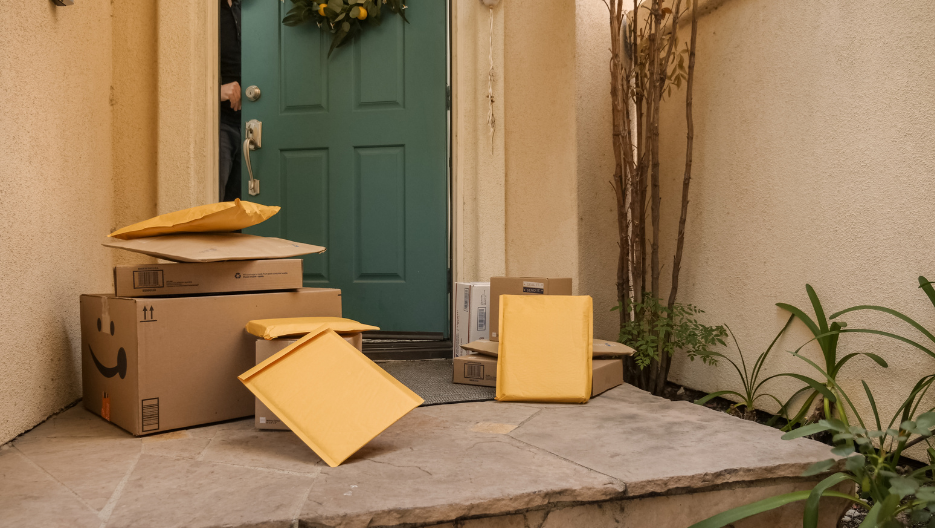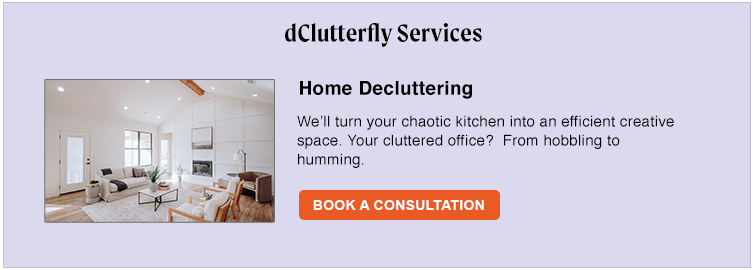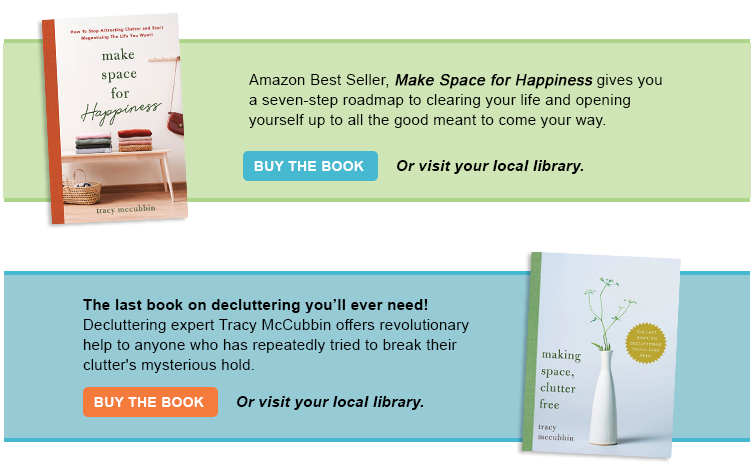Let’s face it: our homes are bursting at the seams. We’re surrounded by stuff—stuff we bought, stuff we inherited, stuff we don’t even remember acquiring. It sneaks in, piles up, and before we know it, managing our belongings feels like a full-time job. We open a closet only to be met with an avalanche of forgotten items.
How did it get this way? The answer lies in something called the acquisition cycle.
Understanding the acquisition cycle
Every item we bring into our home starts a cycle. Maybe you needed it, maybe you wanted it, or maybe it was on sale and too tempting to resist. Once it’s yours, you become responsible for it—cleaning, storing, and fixing it if it breaks. You need to remember you own it, decide if you’ll keep it, and eventually figure out how to get rid of it.
Now, throwing something away isn’t as easy as we’d like it to be. There isn’t a magical void where things just disappear! Even responsible donations often end up in landfills if items are worn out or broken. Electronics quietly pile up in junk drawers, waiting for a disposal plan that rarely happens. And ultimately, someone else may have to deal with your things—whether family or strangers—when you’re gone.
Breaking the cycle: How to stop buying crap
- Pause before purchasing: Notice your attraction to an item. Accept the feeling and take a deep breath. Walk around the store or click away from your online cart. Ask yourself: How much life energy does this item cost in terms of hours worked? What will need to be removed from your home to make space for it?
- Delay gratification: Create a mandatory 24-hour waiting period for any unplanned purchase. I like to wait 24 hours for every $50 an item costs. If it’s $50 or less, I wait 24 hours. If it’s $100, I wait 48 hours, and so on and so forth. For online shopping, put the item on a wishlist instead of in your cart. Revisit the list periodically—you’ll often find the desire fades.
- Avoid mindless browsing: Stop window shopping if you don’t have a specific need in mind. Set a goal to wait a month before buying anything you think you need. If it’s not essential, let it go.
- Learn the true cost: Educate yourself on the environmental and social impact of fast fashion, disposable goods, and excessive consumption.
- Seek healthier coping mechanisms: Shopping often masks deeper issues. Find alternative ways to cope—journaling, exercising, creative outlets, or connecting with friends. At the end of the day, shopping is not a hobby.
- Make spending inconvenient: Remove stored payment options from shopping sites, and keep cards out of easy reach.
- Get real about minimalism: Minimalism isn’t about owning nothing—it’s about owning only what adds value. Commit to trading one or two items out for every item you bring in.
Reclaim your time and space
Imagine a life where you’re not constantly managing your possessions. A home where every item serves a purpose or brings you joy. Where your time is spent on experiences and relationships, not on buying, organizing, and decluttering. It’s time to break free from the acquisition cycle and stop buying crap. Choose memories over clutter. Choose a life lived instead of a life managed.



